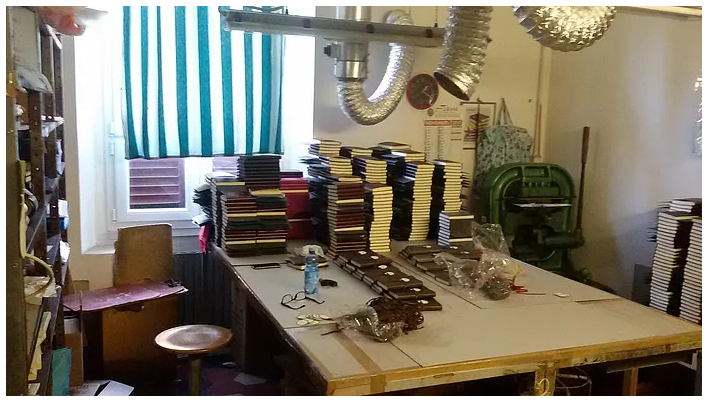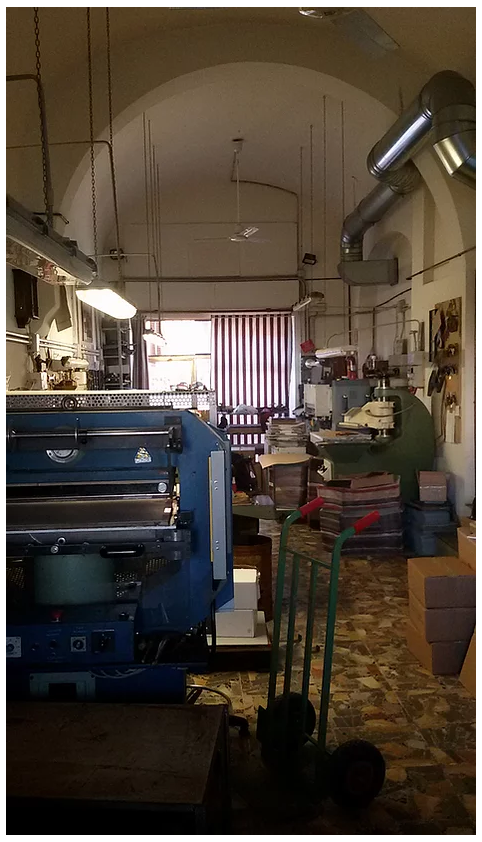THE STORY OF THE FAMILY PARLOUR
Started at the beginning of 1900’s with Beppino Carrai (the grandfather), artisan of leather goods, the activity of leather processing continues to this day, with the son Germano.
During 1968 the business moved to the Fonderia street where the following year the parlour had been opened.
The leather processing is an iconic activity of Florence and the Carrai’s business specialized in creation of colourful souvenirs like coats of arms of Florence, the Lily, the Medicean Lion, the door of Baptistery. All the procedures, from the salpa to finished product is as tradition, homemade.
From 2018 the business moved to another part of the city.


THE STORY OF THE NEIGHBORHOOD
The area is situated close to the ancient walls of the city, close to Porta San Frediano, between Pisana Street and the South side of the Arno River.
During the second half of 1700’s, the Pignone district became very populated thanks to the small port where boats arrived coming from Livorno. This name comes from the “bitti” where the boats used to be docked.
During 1787 the church of Santa Maria del Pignone was consecrated.
During the XIX century this district developed into the first industrial area of Florence, with a dense network of factories and manufacturers including the “Gasometro” and, in 1842, the “Fonderia del Ferro”
This gave the name of the street “Via della Fonderia” and after it became the Nuovo Pignone, which is still today an international industry of excellence. Few years before, during 1837, the construction of the iron bridge called “Ponte Sospeso”, transformed that district into an important passage area from Florence to Rome (called “Via Cassia”) and from Pisa to Florence. During 1848, on the opposite side of Arno river, the first train station of Florence had been constructed, the Leopolda Station. Thanks to that, a lot of production arrived.
During early 1920’s, afterward the industrial developments, factories had been moved to the bigger area in the North of Florence and the Pignone district became a residential area.